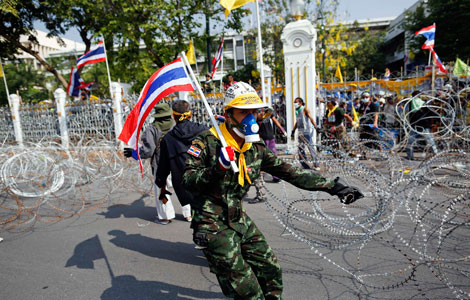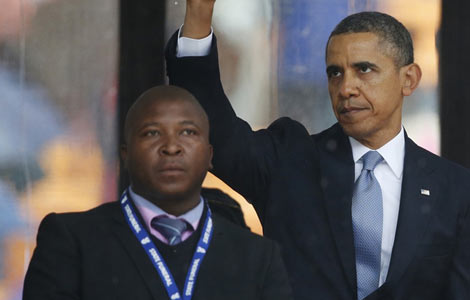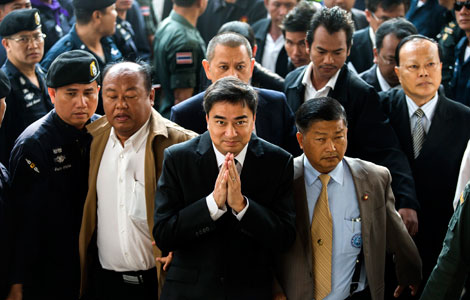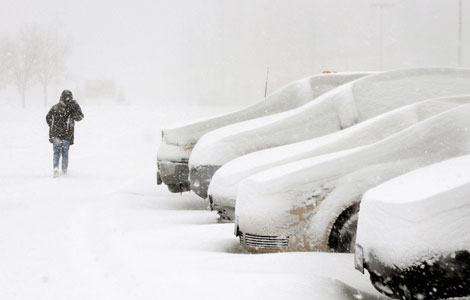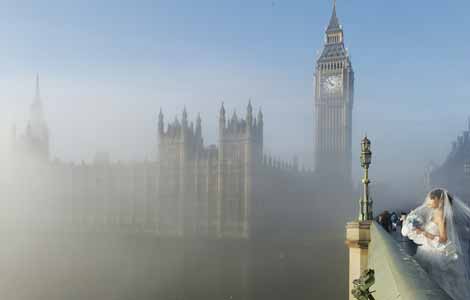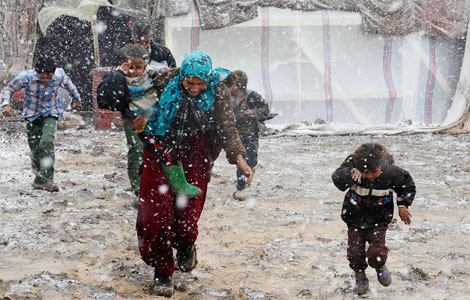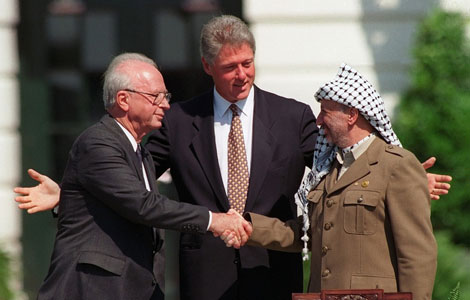

WASHINGTON - In the crucial minutes before an Asiana Airlines flight crashed in San Francisco last summer, the pilots voiced concern about the plane's low speed but did nothing to correct it until just before it hit the ground.
A hearing on Wednesday into the July 6 crash that killed three people and injured more than 180, highlighted the pilots' mistaken reliance on the autopilot to maintain their airspeed but also Korean cultural factors that may have played a role and the design of the flight controls.
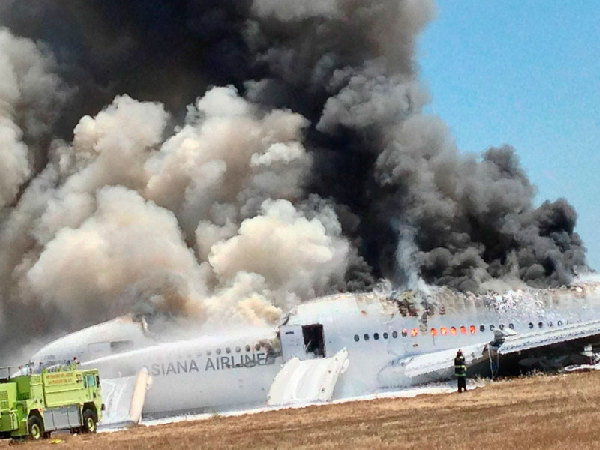 |
|
An Asiana Airlines Boeing 777 plane is engulfed in smoke on the tarmac after a crash landing at San Francisco International Airport in California July 6, 2013, in this handout file photo provided by passenger Eugene Anthony Rah, released to Reuters on July 8, 2013. Photo/Agencies] |
Asiana Airlines Inc Flight 214 came in too slowly and too low, causing the plane's tail to hit a seawall short of the runway. The plane spun 330 degrees as it broke apart and caught fire, strewing wreckage along the runway.
It was the first fatal commercial airplane accident in the United States since February of 2009 and the first fatal accident for Boeing Co's 777 airliner since it entered service in 1995.
There was no indication of mechanical problems with the plane.
The crash has sharpened a debate on whether over-reliance on autopilot systems in modern aircraft has led to degraded human flying skills and increased the risk of accidents.
There is "an issue in aviation" with cockpit automation, NTSB Chairman Deborah Hersman told reporters covering the board's hearing but she added that the airline industry has a robust safety record.
Hersman said the agency has no immediate plans to make recommendations from the hearing, but if it finds a safety issue, it can make recommendations at any time.
The NTSB typically takes 12 to 18 months to complete a major investigation.
Training, rescue response
The hearing also questioned the pilots' training and the rescue response. One of the victims died from being struck by a rescue truck after the crash.
Training has been central to the investigation because although the pilots had many hours of flying experience, Lee Kang-kook, the pilot flying the plane, was making his first landing of a Boeing 777 jet in San Francisco. His supervisor, Lee Jeong-min, was making his first flight as a trainer.
The Asiana pilots said in interviews with the NTSB that they left their "flight director" system, which includes the autopilot, partly on.
But in that mode, the system would not "wake-up" from hold mode, testified Captain John Cashman, a retired Boeing 777 test pilot, at the hearing on Wednesday. The lack of wake-up meant the autothrottle was not going to prevent the plane's speed from slipping below the minimum needed to keep it aloft.
The design is consistent with Boeing's philosophy of leaving the pilot in charge of the controls. "We try not to put in design elements that override the pilot," Cashman said at the hearing. "We try to let him be the decider."
Cashman said the design principles had been consistent for 31 years, across Boeing's 747, 757, 767, 777 and 787 models.
